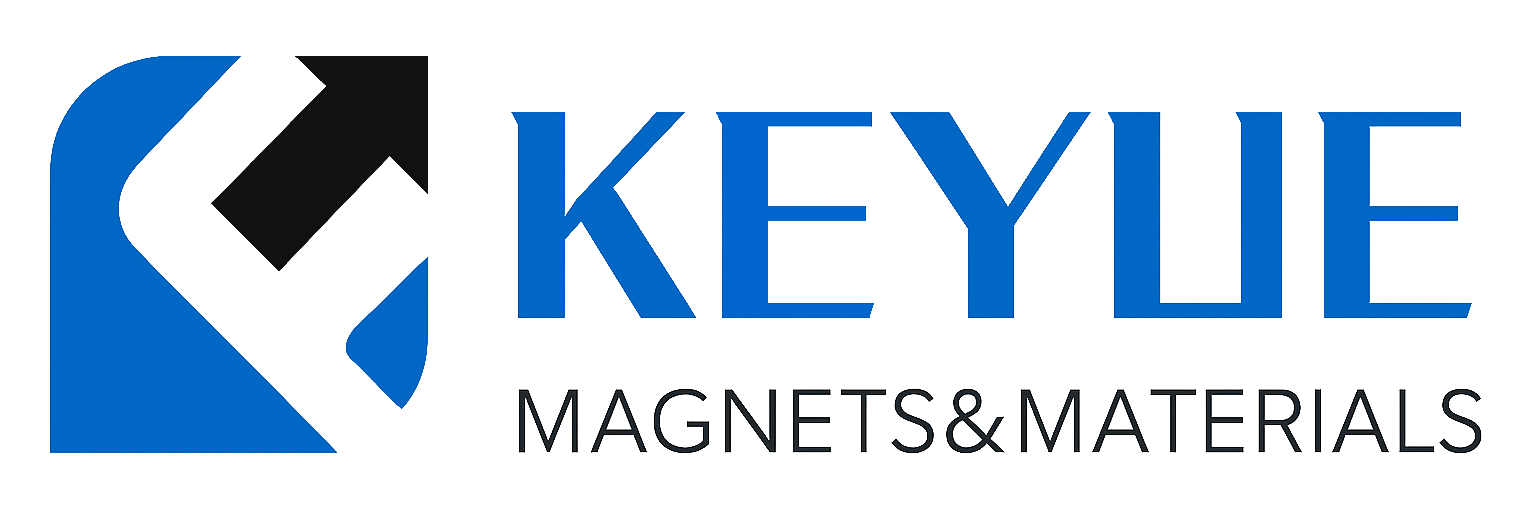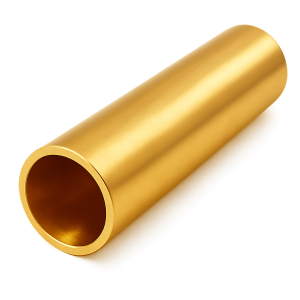描述
钛管(Ti Tube)
产品简介
钛管(Ti Tube)是一种由高纯钛(Purity ≥ 99.5%)或钛合金制成的轻质耐腐蚀金属管材,兼具高强度、低密度与优异的生物相容性。钛表面能自动形成一层致密的氧化膜,使其在酸、碱及海水环境中表现出极强的抗腐蚀能力。高纯钛管广泛应用于航空航天、化工设备、海洋工程、医疗器械及真空系统中。
产品详情
苏州科跃材料科技有限公司提供的钛管采用高纯钛锭(Gr1–Gr4)通过真空熔炼—挤压—冷拉—退火—抛光工艺制备而成。产品组织致密、表面光洁、机械性能稳定,符合 ASTM B338、ASTM B861 等国际标准。
典型规格如下:
-
纯度等级 / 材质:Gr1, Gr2, Gr3, Gr4(纯钛) / Gr5 (Ti-6Al-4V)
-
外径范围:3 – 100 mm
-
壁厚范围:0.3 – 5 mm
-
长度:≤3000 mm(可定制)
-
制造工艺:真空熔炼 + 热挤压 + 冷拉 + 真空退火 + 精抛光
-
表面状态:金属亮光 / 亚光 / 酸洗 / 抛光
高纯钛管具有优异的力学性能与耐蚀性,可在高温、高压及强酸碱介质中长期稳定使用。
应用领域
钛管在多个领域中有广泛应用:
-
化工与海洋工程:用于换热器、冷凝器及腐蚀性液体输送系统。
-
航空航天:用于液压系统、燃油导管及结构支撑件。
-
医疗器械:用于植入导管、骨科器械与生物兼容部件。
-
真空与电子工业:用于真空腔体、支撑结构及蒸发源组件。
-
新能源与电化学系统:用于氯碱电解、电极及冷却循环系统。
技术参数
| 参数 | 典型值 / 范围 | 说明 |
|---|---|---|
| 纯度 | 99.5% – 99.9%(纯钛) | 高纯度确保耐蚀与导热性能 |
| 密度 | 4.51 g/cm³ | 轻质高强结构材料 |
| 熔点 | 1668 °C | 具有高温稳定性 |
| 抗拉强度 | 350 – 950 MPa | 取决于等级(Gr1–Gr5) |
| 延伸率 | 20% – 35% | 优异的成形性能 |
| 热导率 | 22 W/m·K | 中等热导性 |
| 工艺 | 真空熔炼 + 退火 + 抛光 | 确保高纯度与均匀结构 |
常见问题(FAQ)
| 问题 | 答案 |
|---|---|
| 钛管是否耐腐蚀? | 是的,对海水、酸、碱及氯化物均有极强耐蚀性。 |
| 可否用于真空环境? | 可以,钛气体释放率低,非常适合真空系统。 |
| 是否具磁性? | 无磁性,适用于磁场敏感设备。 |
| 是否可焊接? | 可进行氩弧焊、电子束焊或真空焊接。 |
| 可否定制尺寸? | 支持内外径、壁厚与长度的精密定制。 |
| 是否提供抛光表面? | 可提供镜面、电解抛光与酸洗处理。 |
| 可否用于医疗器械? | 可,钛具有优异生物相容性,常用于植入件。 |
| 可否用于高温工况? | 在400°C以下可长期使用,短期可耐600°C以上。 |
| 是否附带检测报告? | 提供化学成分、尺寸与力学性能检测报告。 |
| 是否支持小批量? | 可供科研样品与批量订单。 |
包装与交付
所有钛管出厂前均经尺寸与表面检测。产品真空密封、防震防潮包装,并装入出口级木箱。可附带RoHS、REACH、COC及材质证明文件。
结论
钛管(Ti Tube)以其轻质、高强与卓越的耐腐蚀性能,被广泛用于真空、化工与医疗领域,是高端制造与科研的首选材料。
如需了解更多技术参数或获取报价,请联系:sales@keyuematerials.com

.png)

-300x300.png)
-300x300.png)
评价
目前还没有评价